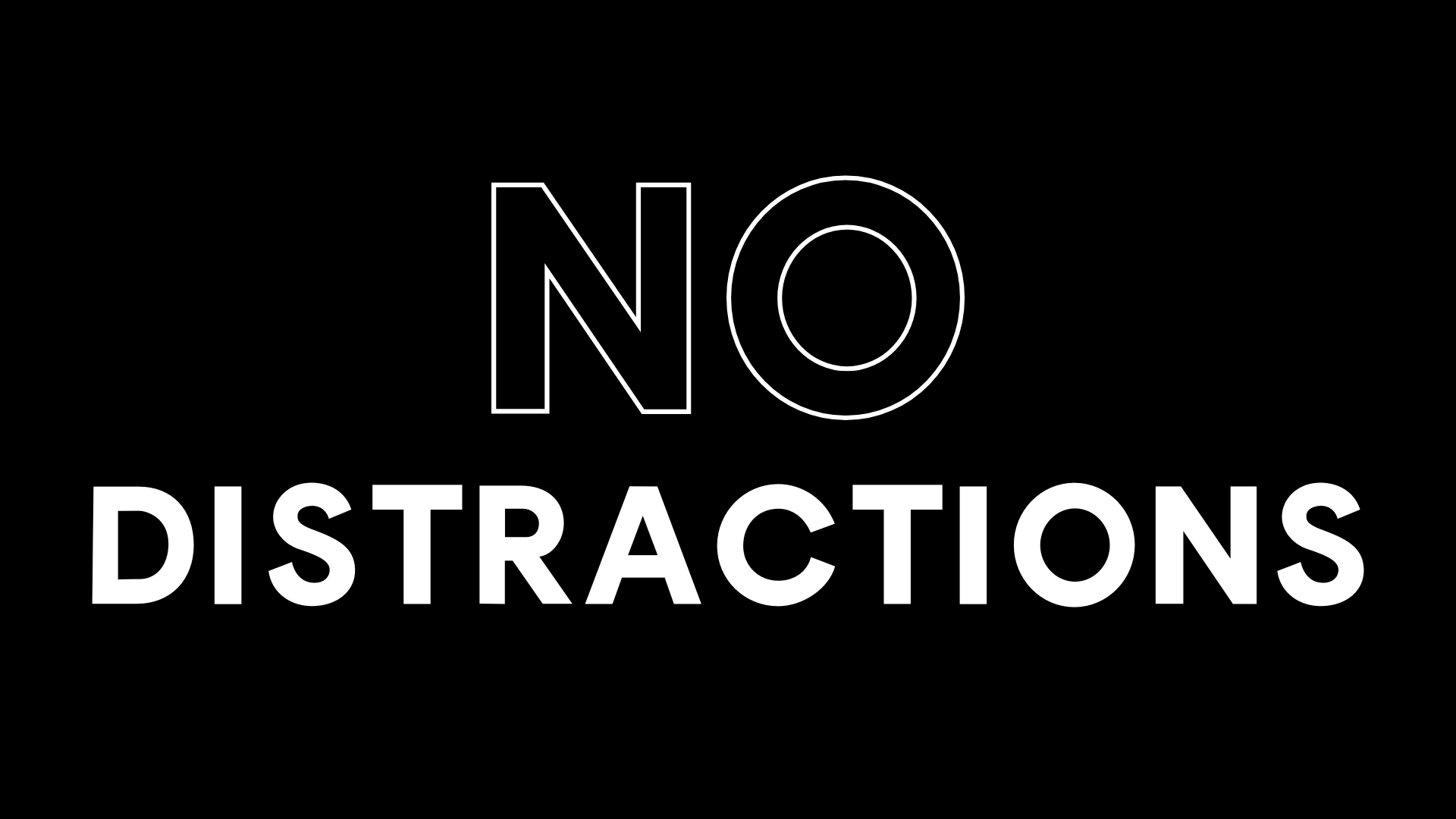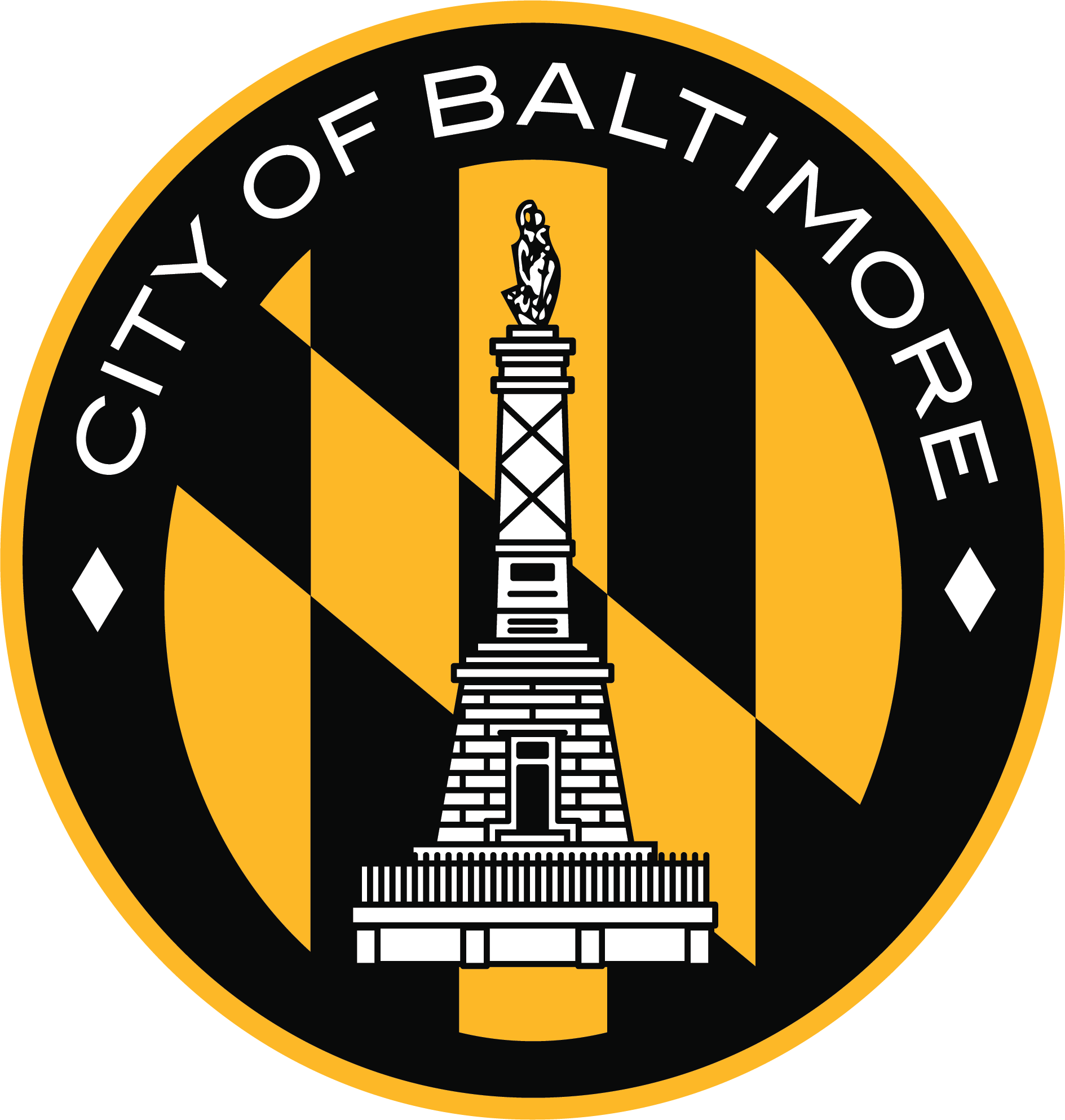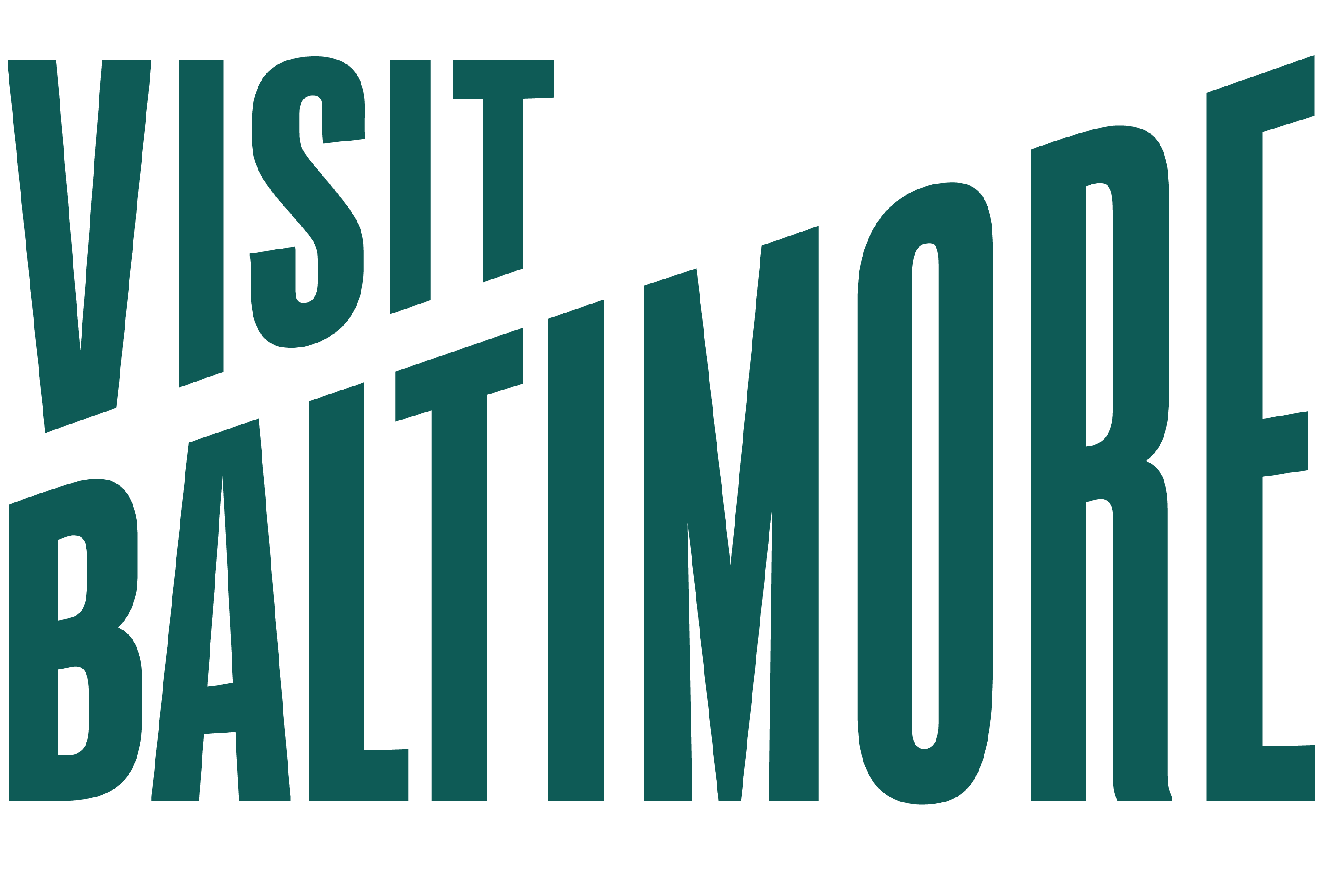The challenges Baltimore faces are not new; highlighting what’s broken is not discovery, and; Baltimore’s position today is not where she will be tomorrow.
We, the collective “we,” can make our city whatever we want her to be. For the first time in more than 50 years, I can see the city I dreamed of as a child. One where every family has food, parents have good-paying jobs, businesses are booming, and each generation does better than the last. Not in a Pollyanna, “Can’t we just all get along?” type of way, but instead a “Let’s roll up our sleeves and work together on solving challenges and increasing economics,” kind of action.
As President of DPOB and a lover of our city, I wake up every morning with the intention of making Downtown Baltimore a destination of choice. I’m talking about all Downtown, not just one of Downtown’s neighborhoods – CBD, Bromo, Harbor East, Federal Hill, etc. Study the evolution of cities and metropolitan areas and you will see the growth of fragmented office, residential, and retail mixtures. Shift happens – on the westside, where department stores once thrived is now a hub of art and theater; in the center, where offices dotted the skyline now welcomes a thread of apartment conversions and an influx of residents; and eastward, where underdeveloped waterfront property once existed, now bustles with business and retail. What’s next for the core? Downtown hosts some of the most iconic institutions – education, medicine, business, residents, sports, arts, culture, offices, and restaurants. Let’s continue to build on our strengths, grow the residential population, expand retail, and better connect all of Downtown’s assets.
As we focus on the traditional CBD, you see an area going through a renewal with more Federal, State, and local money committed to its growth than in my lifetime. You see the most diverse and transit-connectedness in our region.
Corporations like Truist, BGE, M&T Bank, Ballard Spahr, PNC, Fearless, CBRE, Design Collective, Gallagher Evelius & Jones, and Wells Fargo are doubling down by renewing leases, serving on Boards, and investing money and action behind their words. Not to mention the investments made by anchor institutions like the University of Maryland, Baltimore, the University of Maryland Medical System, and Mercy Medical Center.
With the support of the business community, Downtown Partnership created initiatives to reduce crime, decrease vacancy, increase cleanliness, and plan for a reimagined CBD. We are 12 months into a Double Down on Downtown Baltimore initiative building a blueprint for the future of the Central Business District. Urban Land Institute experts toured the area and made professional recommendations to help expedite our progress. We completed a block-by-block analysis and interviewed hundreds of stakeholders to solicit input and buy-in for Downtown 3.0. This work, combined with our $10 million State Capital Grant, Baltimore City ARPA Award for retail-focused economic development, and grants from the Mayor’s Office of Economic Development and Office of Homeless Services, positions us for a renaissance of the CBD. I’ll speak to the highlights during our Annual Meeting on September 29, and the blueprint will be released in the fall as a living document, meant to measure our progress and keep us on track. Crime is the elephant in the room. Often a major impediment to economic growth and development. High crime fosters economic uncertainty while discouraging long-term investment and employment. At the same time, a lack of economic growth in connection with high economic and social inequality tends to increase levels of crime and violence. We must amplify the voice and visibility of our efforts so as not to retreat and succumb to only focusing on what’s not working.
Organizations referenced in recent op-eds each had a myriad of reasons for choosing one neighborhood over another. There is a history of pitting different Downtown Baltimore neighborhoods against one another. The reality is that many of those businesses are on our board, invest in our efforts, and believe in all of Downtown. They’re committed to investing time, energy, and resources, and locking arms to ensure the vitality of the core. They didn’t give up on Downtown or the city. And we won’t either.
Downtown’s core is in its renaissance. We are building on our assets. We have political will, corporate support, and engaged neighbors. The CBD will look intentionally different in the next few years. Assets like the Arena, Superblock, Lexington Market, Campus Expansions, and Harborplace are loading. We are making progress. Instead of finger-pointing, join us in amplifying our efforts to increase speed, expand the tent, connect our assets, and create solutions that yield a more prosperous Baltimore for all. NO DISTRACTIONS.
— Shelonda Stokes
President, Downtown Partnership of Baltimore



